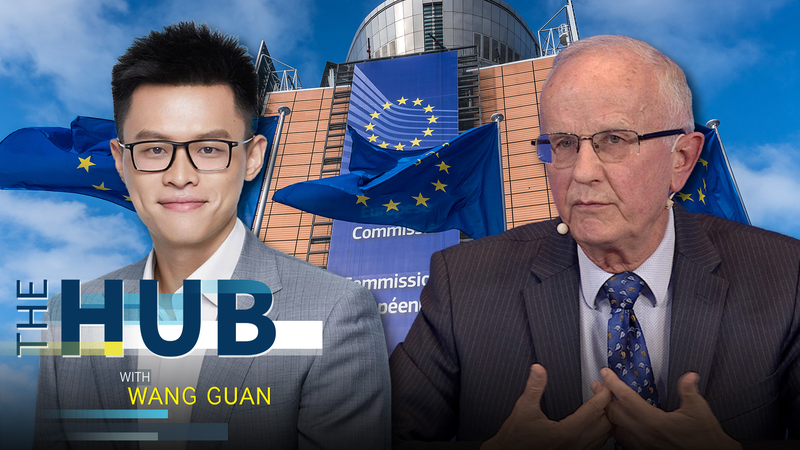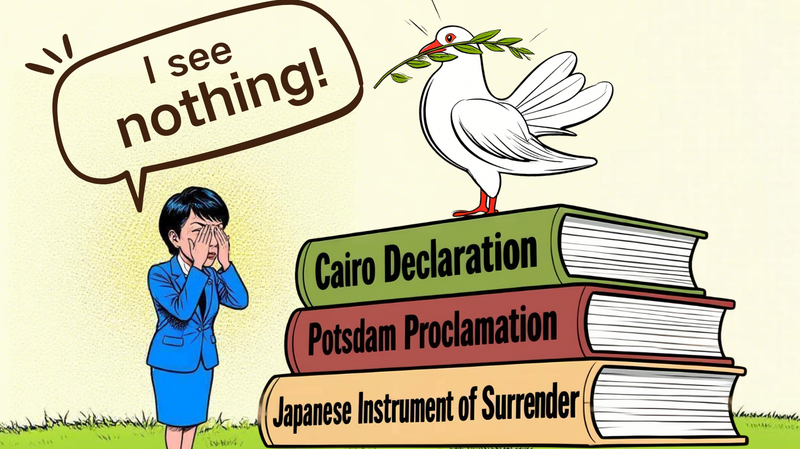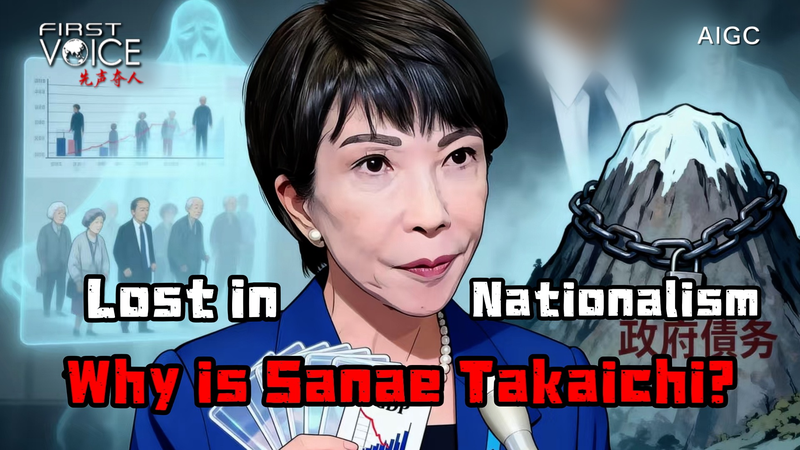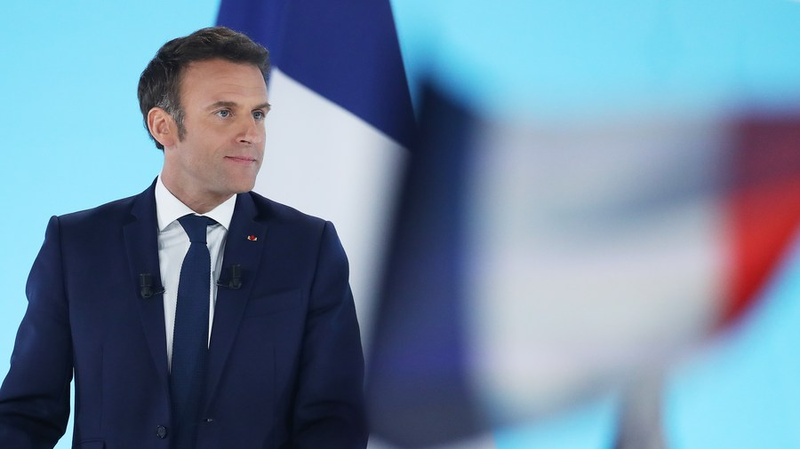The Belt and Road Initiative (BRI) marks its 10th anniversary as a pivotal model for promoting common prosperity and global cooperation. Despite facing criticism from establishment media, the BRI continues to drive sustainable development across Asia, Africa, and Europe through extensive infrastructure projects.
In a world grappling with geopolitical tensions, particularly from U.S.-led coalitions, China's BRI offers an alternative path focused on mutual benefit and economic interdependence. This approach fosters stability and reduces the likelihood of conflict by enhancing regional prosperity.
Africa has significantly benefited from the BRI, with over 10,000 kilometers of roads, more than 6,000 kilometers of railways, and numerous infrastructure projects such as ports, airports, power plants, schools, and hospitals. These developments provide a much-needed alternative to traditional Western development models, emphasizing collaboration over patronization.
In Western and South Asia, the BRI has been instrumental in improving connectivity through projects like the China-Pakistan Economic Corridor, which links China's western regions to Pakistan's Gwadar Port on the Arabian Sea. Additionally, Chinese investments in the energy sector, particularly in the Persian Gulf, have enhanced the flow of energy resources and secured efficient supplies for China.
Chinese President Xi Jinping highlighted at the third Belt and Road Forum for International Cooperation that the 'Silk Road spirit of peace and cooperation, openness and inclusiveness, mutual learning and mutual benefit' remains the cornerstone of BRI's success. From the perspective of developing countries, participation in the BRI translates to improved welfare and human progress, fostering a more connected and prosperous global community.
Reference(s):
BRI's 10th anniversary: Chinese model for promoting common prosperity
cgtn.com



